What effects linear bushing service life?
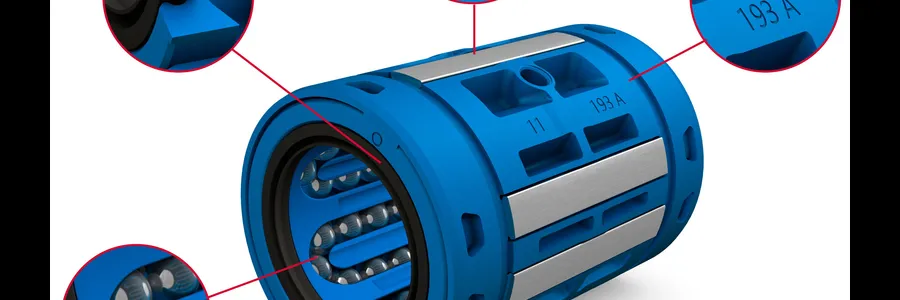
Linear ball bushings are suitable for a wide range of applications and this viability has made them popular throughout the industry. Due to linear ball bushings being very sought after, manufacturers have done extensive research on the subject and thus there is a lot of knowledge about how they behave in unconventional or challenging situations. Life expectancy seems to be the most touched upon subject as economic savings drive innovations. There are many factors that have an impact on linear bushing life and if these parameters are not taken into account the end result is an increase in overall costs (longer downtimes, replacement parts, drop in efficiency, etc.).
These main factors are load orientation, travel distance, stroke length, and shaft hardness. Below we explore these factors in more detail.
LOAD ORIENTATION
Since linear bushings can rotate around their shaft there can be a change in the ball tracks position, and thus, their load-carrying capacity can vary. Maximum capacity is achieved when the applied load is equally distributed among the highest number of available tracks. As a result, the optimum bearing and load orientation depend on the number of tracks and whether the bearing is a closed or an open variant.
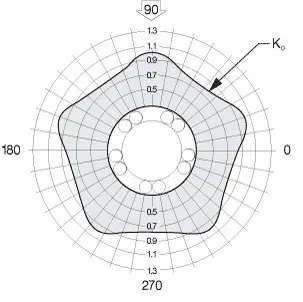
To account for the change in bearing and load orientation, manufacturers tend to advise the use of polar graphs that give a visual depiction of correction factors based upon the angle of the load that deviates from a reference case where the load is directly applied between two rows of balls.
Polar graphs vary from manufacturer to manufacturer and so it's important to be sure if one is using the right graph with the right correction factors for the linear bearing in question. On a side note, correction factors can be greater than one, which means the maximum load capacity is greater in this specific load orientation than the standard one.
TRAVEL LIFE EXPECTANCY
Similarly to other recirculating bearings, the dynamic load capacity of the linear bushing is based on a predetermined travel distance of 100 thousand meters (or 50 thousand meters depending on the manufacturer). It is normally expected for linear bushings to achieve a much higher travel life far exceeding the rated values, and for this manufactures provide a correction factor for the dynamic load capacity, lowering the permissible dynamic load in order to increase travel life expectancy.
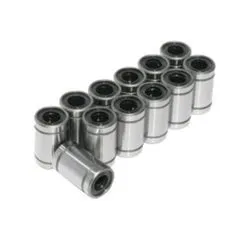 SHORT STROKE
SHORT STROKE
For short stroke applications there tends to be a problem with the concentration of wear on a small area on the shaft. In this case, the life expectancy of the shaft is lower than its linear bearing. This is typical for applications where the stroke is less than two or three times the length of the linear ball bushing. In order to compensate for the difference in travel life expectancy, a short-stroke correction factor must be applied to the dynamic load capacity of the linear ball bushing.
SHAFT HARDNESS
Linear bushings are not like other linear bearing counterparts (like profiled rails) that are paired with a predetermined shaft or rail. The shaft can be supplied by different sources and can be made out of a wide selection of materials. The more common shafts are made out of hardened steel with a surface hardness between 58 and 60 HRC. But when the shaft is obtained from other sources its composition and surface hardness can differ. For these cases, a correction factor must also be applied to account for accelerated or decelerated wear due to softer or harder materials. Be cautious as not to mix up dynamic and static load capacities since both are provided for shafts.
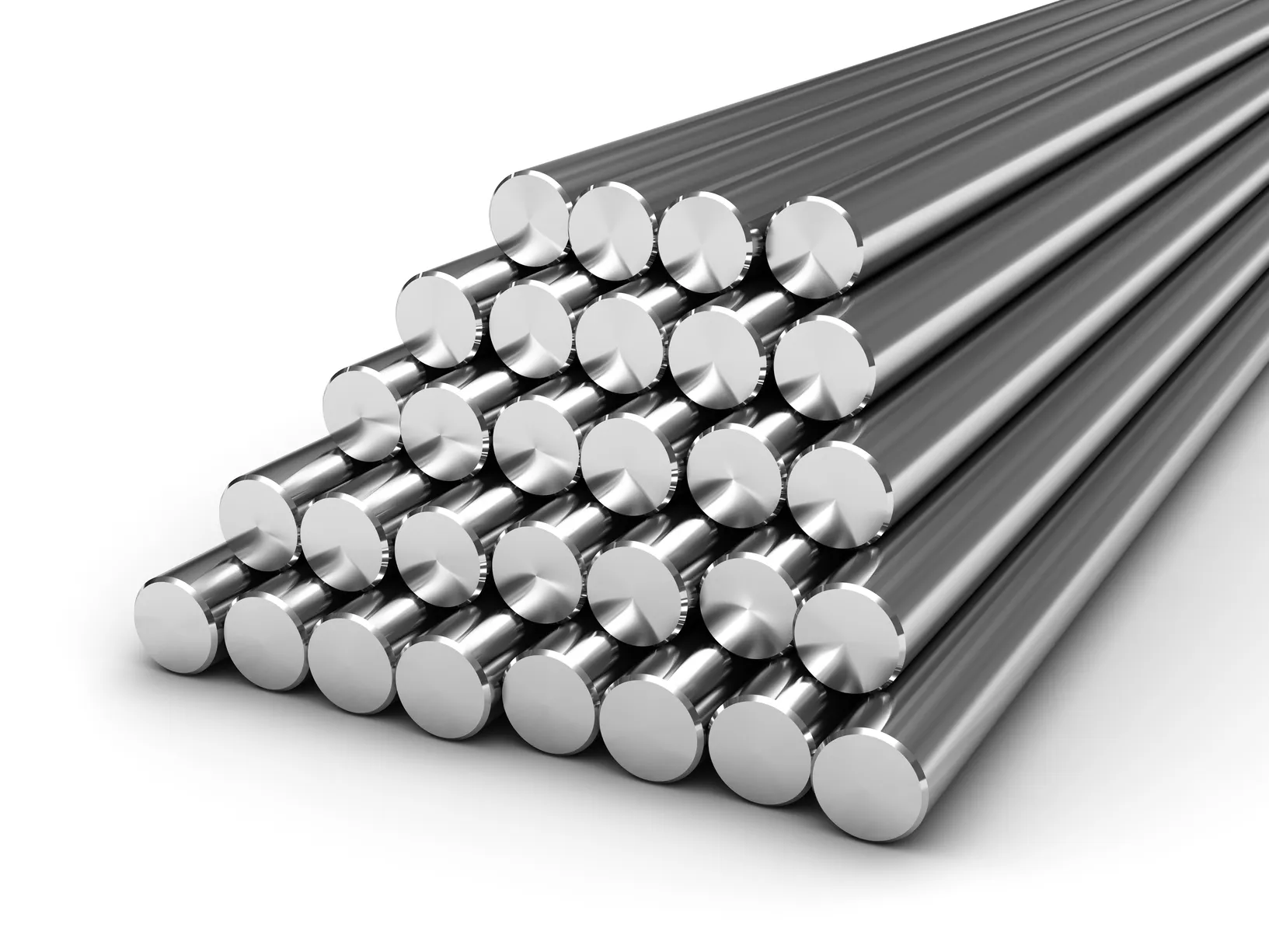
OTHER CONSIDERATIONS
Other less common application parameters like temperature and misalignment can also reduce linear bushing life. Lucky for us many manufacturers also provide correction factors for such instances. Seals and plastic components in linear bushings limit their use in high-temperature applications (typically, the limit is from 85 oC to 100 oC). One option is to use specialized ball bushing made purely from metal components. The alternative (if an all-metal ball bushing is not satisfactory) is to use a temperature correctional factor as to account for additional wear and tear. Similarly one can use correctional factors for applications with severe vibrations and/or high shock loads.
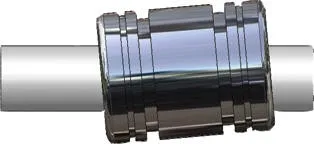
A misalignment factor is used, although rarely, for instances where shafts are not supported along their entire length (aka bad engineering) and thus suffer from deflection which causes misalignment of the bushing relative to the shaft. For non-self-aligning bushings, this could cause a problem as it results in uneven load distribution on the load-carrying balls. If the misalignment is greater than the given value but is still below the permissible value, a misalignment factor must be used in the calculations for the dynamic load capacity.




























Leave a Comment
Your email address will not be published. Required fields are marked *